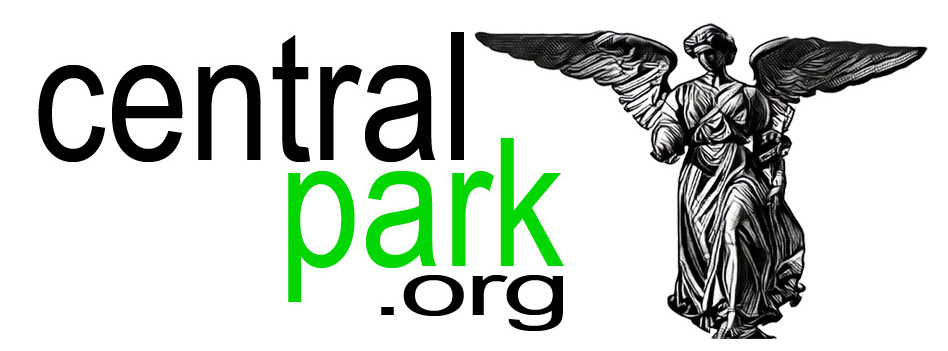Rose Of Sharon (Hibiscus Syriacus)
Easily on of the most colorful names of all the inhabitants of the Conservatory Garden is Rose of Sharon. It originated in 1611, when it was used in the King James Version of the Bible. According to an annotation of the Song of Solomon by the translation committee, this was due to a mistranslation of the Hebrew word for “crocus”. It is also a very important symbol in the Kabala as well as the national flower of South Korea. This is obviously a plant with broad appeal.
In horticultural terms Rose of Sharon is a flowering shrub in the plant family Malvaceae native to much of Asia. It is vase-shaped, reaching three feet in height. It is also very strong. If cut and put in a vase it will survive much longer than almost any other plant. (This is definitely a plant that knows how to thrive in New York City.) It blooms from June all the way through to October and is one of the only plants in the garden that can be still be found by Halloween. In fact the plant grows so well in Central Park that it has to be cut back every year to produce flowers, which will only appear on new wood.
The name Rose of Sharon has been used in everything from a Kate Bush song to the literary classic The Grapes of Wrath by John Steinbeck (Rose of Sharon is the eldest daughter of the Joad family and the sister of the protagonist Tom Joad.) It is a lovely name for a lovely flower that easily lives up to its very exalted literary references.
 Conservatory Garden
Conservatory Garden
One of the hidden wonders of Central Park is the Conservatory Garden at Fifth Avenue and 105th St. A secluded oasis, just a few steps down from one of the City’s busiest thoroughfares; the garden offers a fragrant respite from the gasp and clatter of the urban afternoon.



